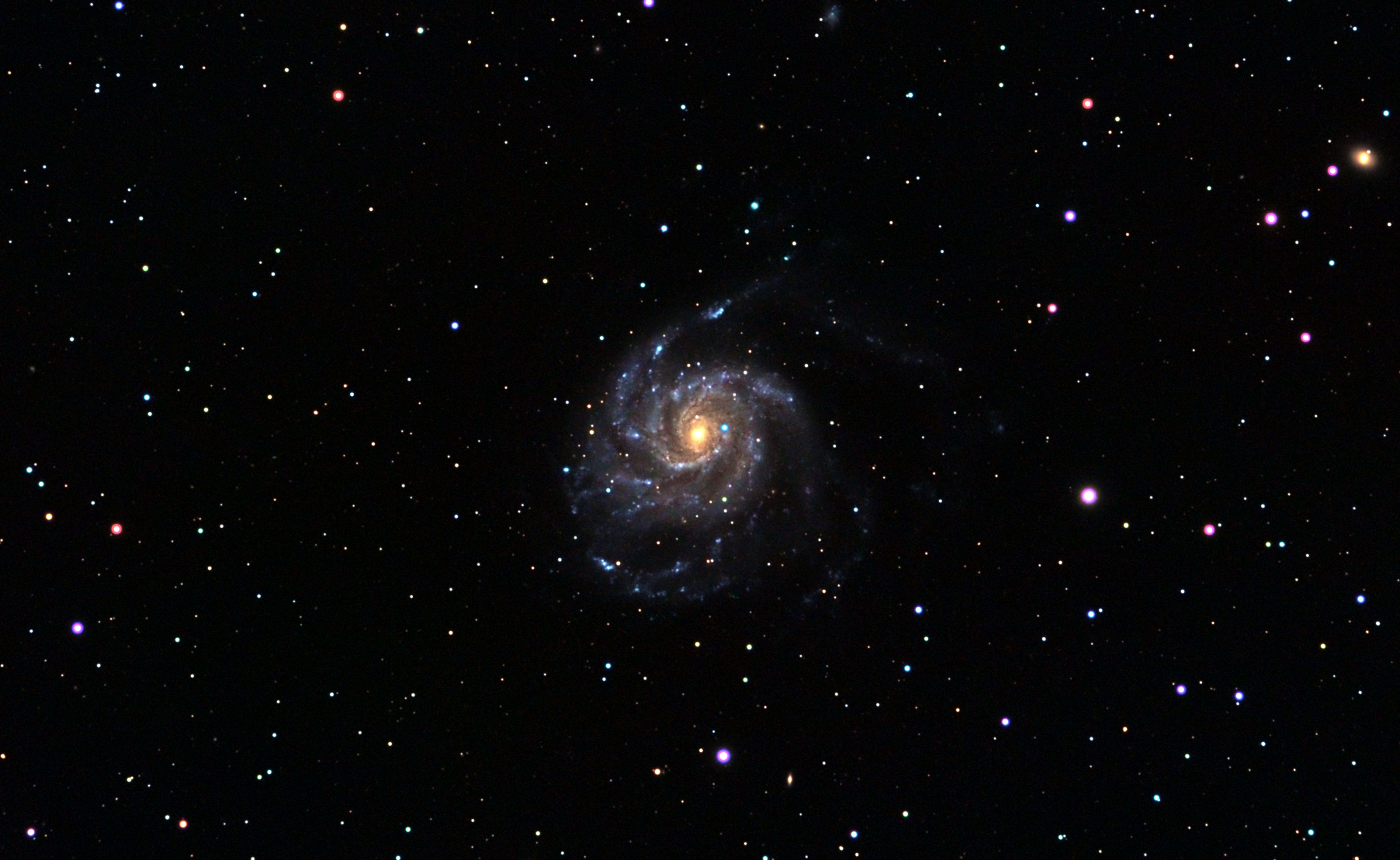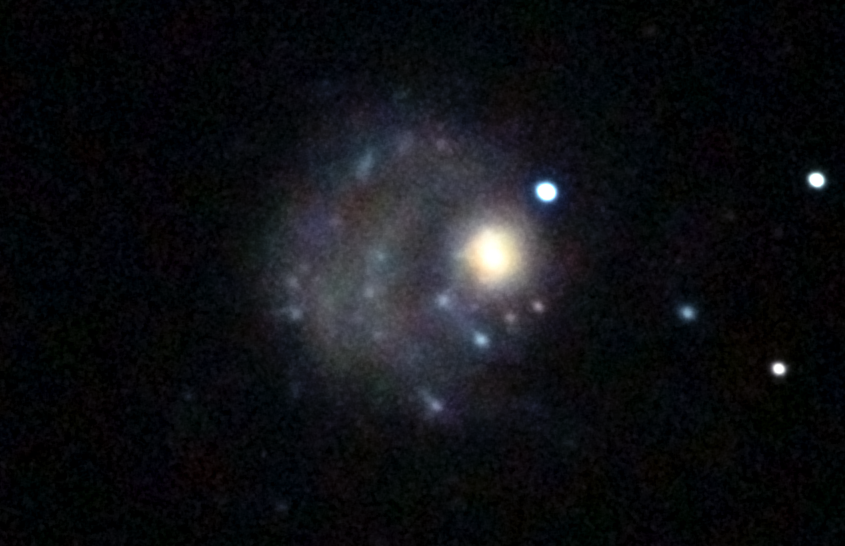With the improvement I saw in my revisting of M51 I was pretty eager to try M101 again as well. Not the least because it is in an ideal position in the sky for my yard setup (with trees, I have an band from around 70° to 30° declination that I can track throughout the night with RA 14H currently clearing obstructions right about 10PM, so anything in Ursa Major is an ideal target for me in March).
I’ve been having some issues with my AVX mount recently, and this night in particular it was at its worst. On 3 separate occassions it stopped accepting pulse-guide commands, causing the active capture to smear and pausing the sequence until I corrected it (cycling power on the mount and reconnecting SGP and PHD2 was generally enough). Further compounding my mount issues, I believe that power cycling the mount early in the night caused further issues that meant SGP was unable to perform an automatic meridian flip (it had been correctly predicting the time of the flip at the start of the night, but after cycling and reconnecting, that time went to N/A). I was able to force the flip, but it required fully dropping my saved alignment to do so (thankfully, the SGP solve & sync routine makes it pretty easy to recover). All together, I lost nearly an hour worth of capture time to troubleshooting tracking issues.
Despite those issues, I still ended up with 170 2 minute subs of M101, more than enough to get a reasonable photo out the other end.

M101, Wide field
M101 is a beautiful irregular spiral galaxy, and in a wide capture some of its interacting dwarf galaxies can also be seen–with NGC 5477 above and NGC 5474 near the left side of the frame. Fully solved plate: https://draco.ineffectual.org/img/M101_20210310-astrometry.jpg

M101, Close-up

NGC 5474 also exhibits strong irregularity as a result of its gravitational interaction with M 101.